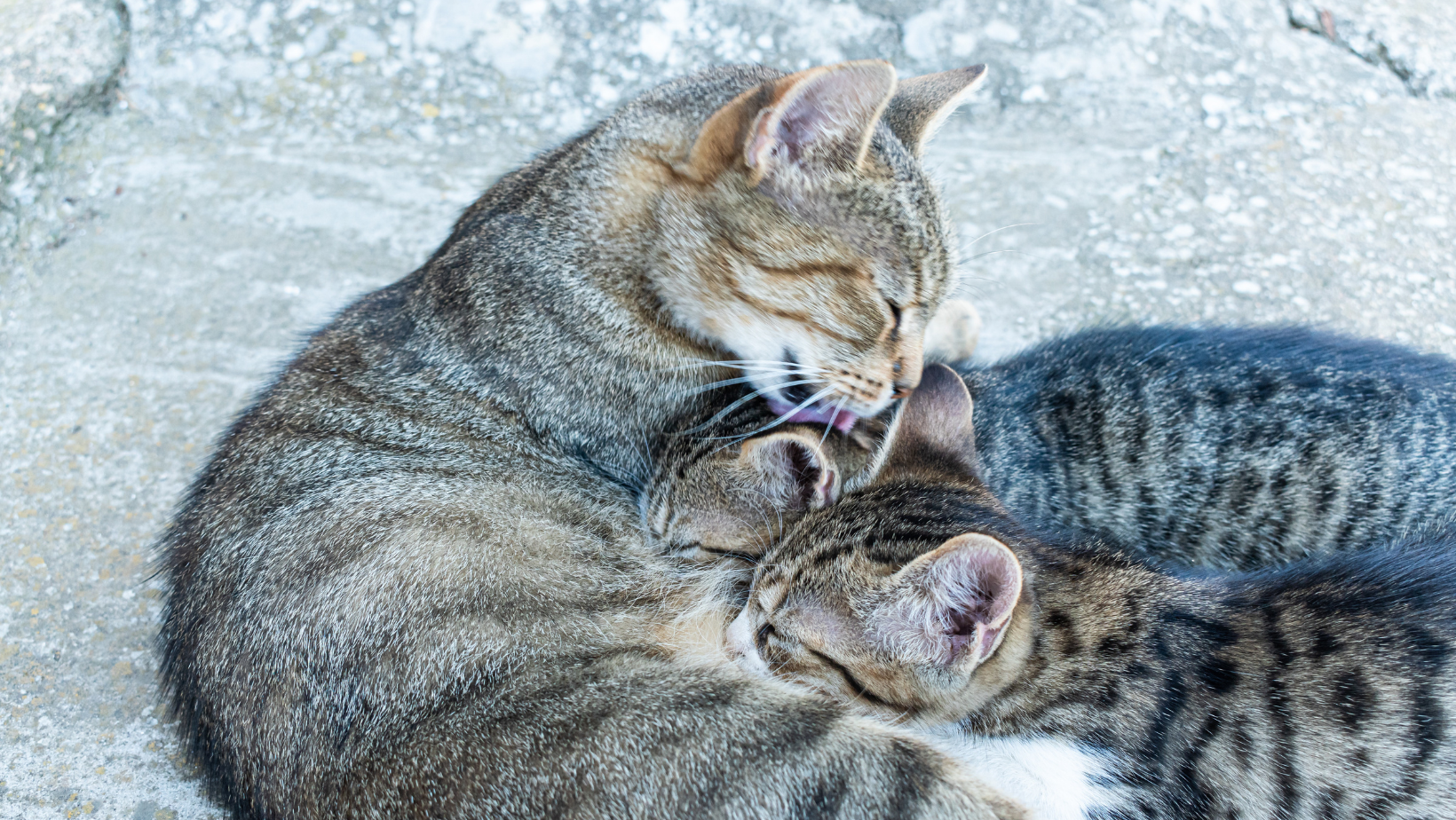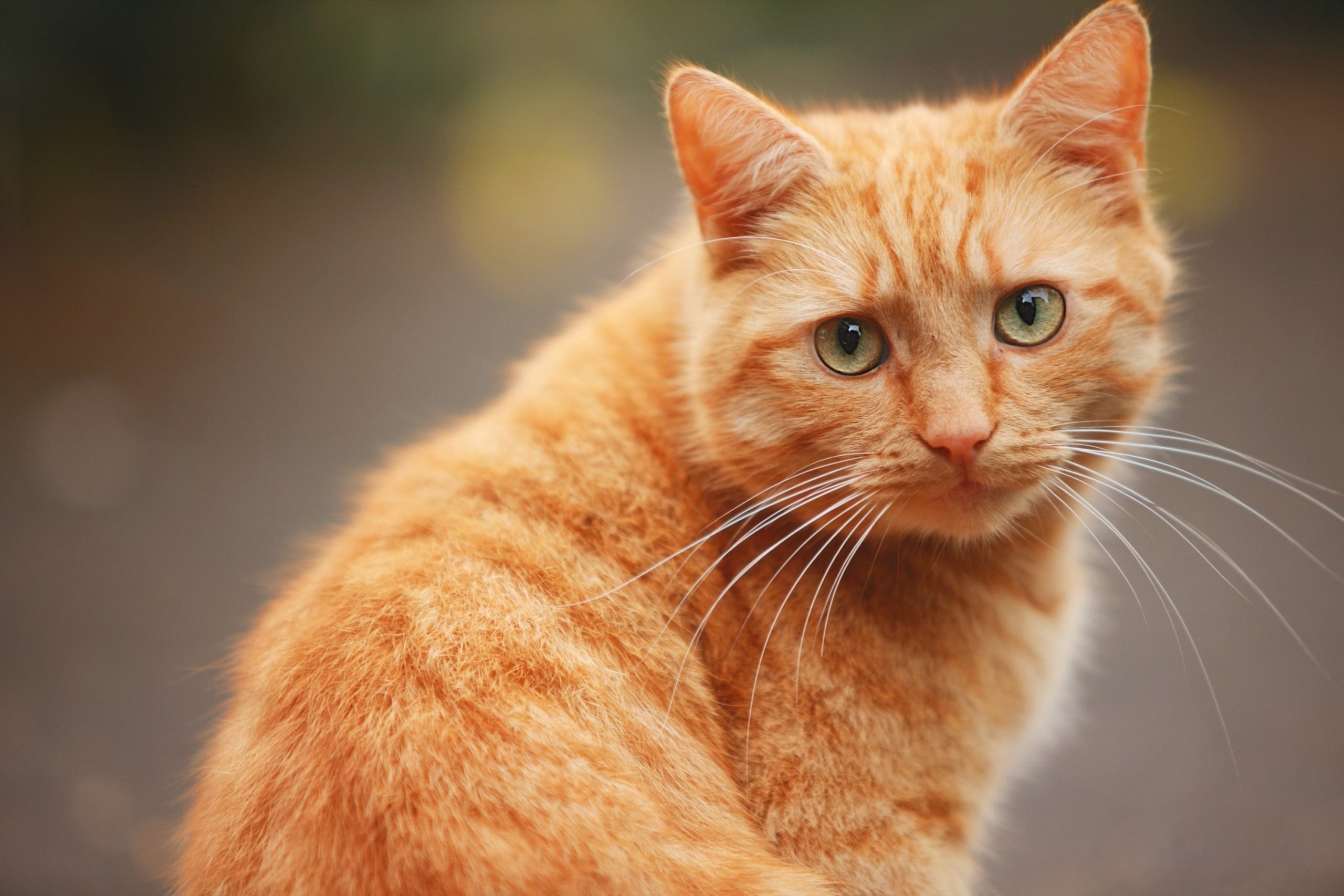Is My Cat Pregnant? How to Find Out and When to Expect Kittens

When you were expecting your own child, you may have read a tonne of books. However, are you aware of what happens if your cat gets pregnant?
Don’t put ice cream and pickles in Fluffy’s bowl. Give them the respect they deserve, figuratively speaking.
“Queening” is the process by which a mother cat prepares to give birth to kittens. If she hasn’t been spayed to prevent it, a female cat can become pregnant as early as 4 months old.
From the spring through the early fall, queens can continue going into heat every two to three weeks, making them more frequently prepared for reproduction.
An average cat’s pregnancy lasts 63 to 65 days. Therefore, a cat can give birth to kittens at the age of just 6 months.
Are They Pregnant?
The best way to learn is to schedule a consultation with your veterinarian. There are a several methods they can determine the number of kittens and confirm that they are on the way:
While occasionally helpful, feeling your cat’s belly is not always reliable.
- After day 16, an ultrasound can confirm pregnancy. The number of kittens your cat is carrying cannot be determined by ultrasound.
- Although X-rays can be used to estimate the number of expected kittens, they are not always reliable and should not be performed until your cat is at least 42 days pregnant, and are typically not advised until 55 days.
There are a few clues that you may notice, too.
Around 30 days after mating, the cat’s belly will enlarge. Their nipples swell and redden as the pregnancy progresses, 2 to 3 weeks after women conceive, which is another sign (also called “pinking up”).
Caring for Your Pregnant Queen
It’s uncommon, but your cat could have “morning sickness” in the first trimester, which could manifest as vomiting or a lack of appetite. Take them to the veterinarian if that continues to occur. They could exhibit signs of exhaustion due to the spike in hormones and changes to their uterus. After the initial several weeks, this period will finally fade.
Your cat may require extra food and calories while she is pregnant, much like many other females in the animal kingdom who are carrying a bun in the oven (or for a cat, an average of 4 buns every litter).
As their pregnancy progresses, they’ll consume 1.5 times as much food as usual, so make sure they always have access to their regular diet. Your veterinarian may advise you to give your pregnant cat kitten food or food that is designated for pregnant and lactating cats for the duration of her pregnancy and while she is nursing her kitten.
Viruses can be transmitted to newborn kittens, so follow your cat’s vaccine programme. Ask your vet first to make sure the drug is safe for your pregnant cat before administering any routine vaccinations, dewormings, or flea treatments. Given that the majority of vaccines are unsafe to administer while pregnant, it is recommended to get immunised before breeding.
Tips to Prepare for the Big Day
Make your home welcoming for the upcoming birth. If you typically let your cat outside, cease doing so to prevent them from giving birth on one of their strolls.
You can notice your cat behave differently around two weeks before the due date as they transition into nesting mode. You might look about your house for a suitable place to give birth to them to assist. In order to provide the mother and her prospective kittens with a comfortable space, choose a medium-sized box with a low opening and fill it with newspapers, used towels, and soft blankets.
The nesting box needs to be put in a peaceful area of your home. Before giving birth, let your pregnant cat frequent the location frequently to help her become accustomed to it and feel at ease.
To the best of your ability, you can direct your cat and prepare the ideal birthing location, but ultimately, they will do as they choose. They will give birth wherever they want—in your closet, behind the trash can, or even in a laundry basket.
Take the cat to the doctor for their last prenatal checkup when you realise that it is in nesting mode. The veterinarian will offer you additional instructions on how to be ready for the birth, examine the mother and kittens, and advise you on what to do in case of an emergency.
There are two signs the big day is approaching: 24 hours before to giving birth, cats typically stop eating, and their body temperatures drop below 100 F. You’ll soon get to meet those kittens!





